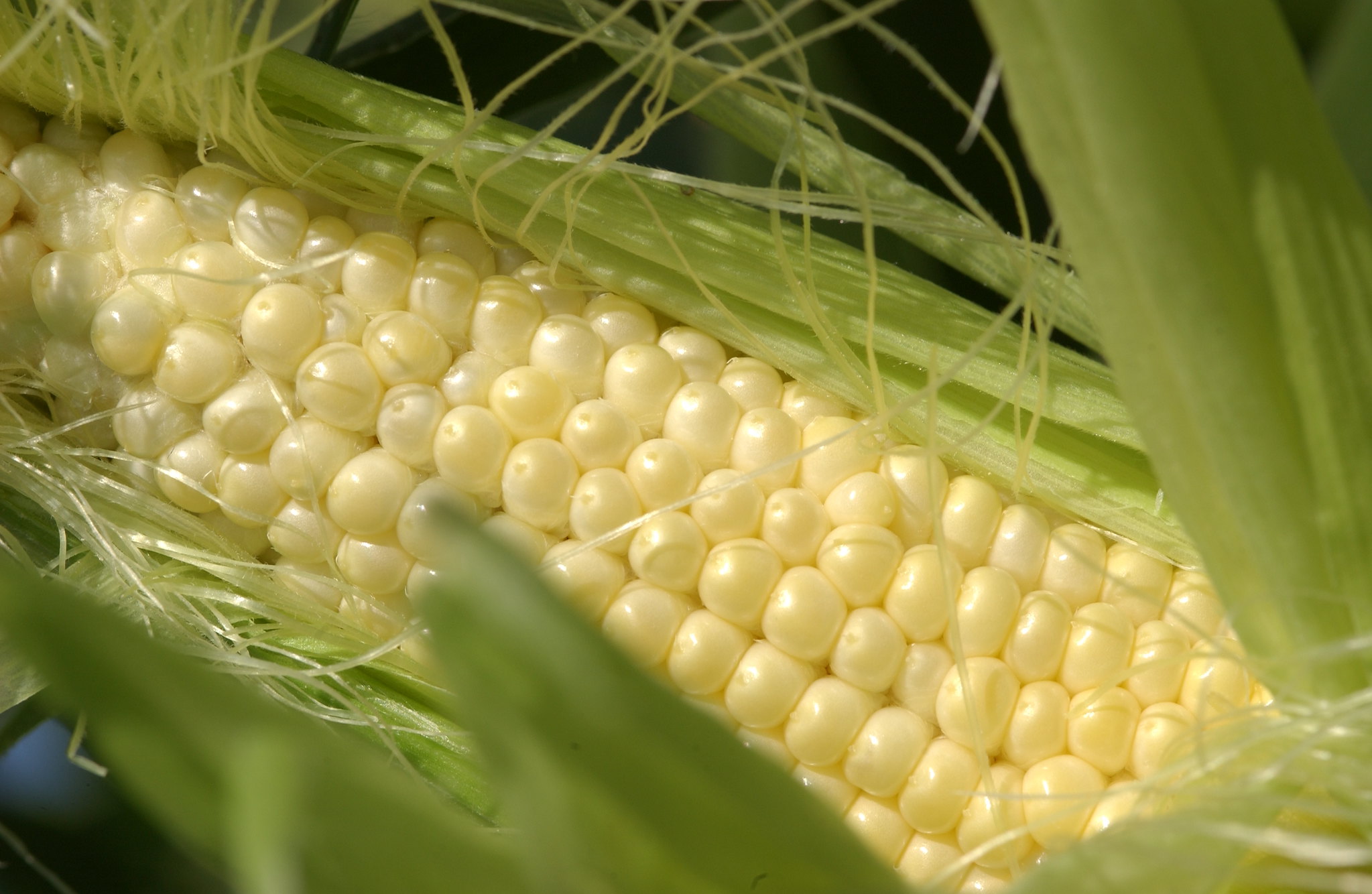If you grow corn in your home garden, then you might want to harvest fresh “baby” corn ears this summer.
Baby corn, those tiny ears of corn popular in Asian cooking and a favorite in salad bars across the United States, is largely imported from East Asia. It is usually processed and sold in cans or jars.
The miniature size of baby corn makes consumers think that it grows from dwarf corn plants. But the tiny ears of baby corn are simply immature ears from regular-sized plants, said Jim Myers, Oregon State University vegetable breeder.
Although specialty varieties are available for baby corn production, baby corn can be harvested from many common corn varieties, as well. All you need to do is harvest some of your garden sweet corn early. Field, regular, sugary enhanced or super sweet corn varieties work great for baby corn. You don’t need to buy the fancy stuff from the store.
But be aware: Sweeter varieties of corn do not produce sweeter baby corn, said Myers. Since baby corn ears are harvested before pollination and also before sugar has been stored in the kernels, baby corn is too underdeveloped to be sweet.
For baby corn, monitor the growth of your corn ears carefully. Corn grows so quickly, that timely harvest is crucial. In an extra day or two, the corn can grow larger than you might like for baby corn, giving a tougher and larger ear than might be good in a stir fry dish or salad.
To harvest baby corn at the perfect time takes practice. You might need to harvest a few at different stages each day for a few days to learn exactly when the baby corn is at the perfect stage for you. Start by harvesting ears where silk appears that day. Each ear may reach this stage at a different time on each plant, so you’ll have to watch your plants closely.
Baby corn ears are best harvested when they are 2 to 4 inches long and one-thirds to two-thirds inch in diameter, whether grown with a regular or close spacing pattern.
Refrigerate baby corn, with husks on, immediately after harvest if you don’t use it right away. Baby corn can be pickled or canned, or blanched and frozen.
A few seed companies offer special baby corn varieties, grown solely for baby corn. These varieties are just as big as regular corn plants, but may have more ears per plant. They are not dwarf corn plants. If baby corn varieties were allowed to mature, they would look like a typical medium-sized ear of field or sweet corn, said Myers.
It you want to grow a patch of corn specifically for baby corn, you can save space by planting corn seed much closer together than usual. Sow each seed about 4 inches apart in the row. Keep the row spacing to the normal 30 to 36 inches apart.
Baby corn has fewer pest problems than full-sized ears of corn. Corn earworms and cucumber beetles generally do their damage later, when the corn ear is filling out and maturing.
Home gardeners can harvest baby corn and mature sweet corn ears from the same plant, said Myers.
“They may want to harvest the lower ears for baby corn, then allow the top ear on a plant to mature for sweet corn,” he said.
Most any sweet corn variety will work well as baby corn. According to information from the University of Minnesota, starchy feed corn, with a tendency to grow multiple ears, also works well harvested as baby corn.
For more information, take a look at the Extension publication Baby Corn.

